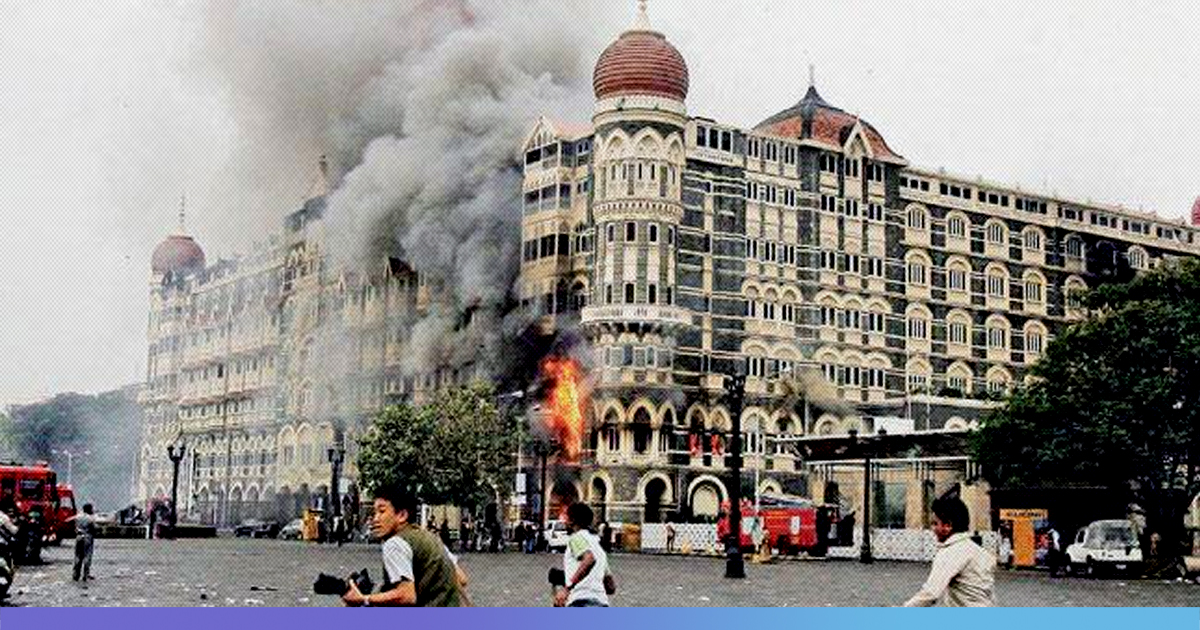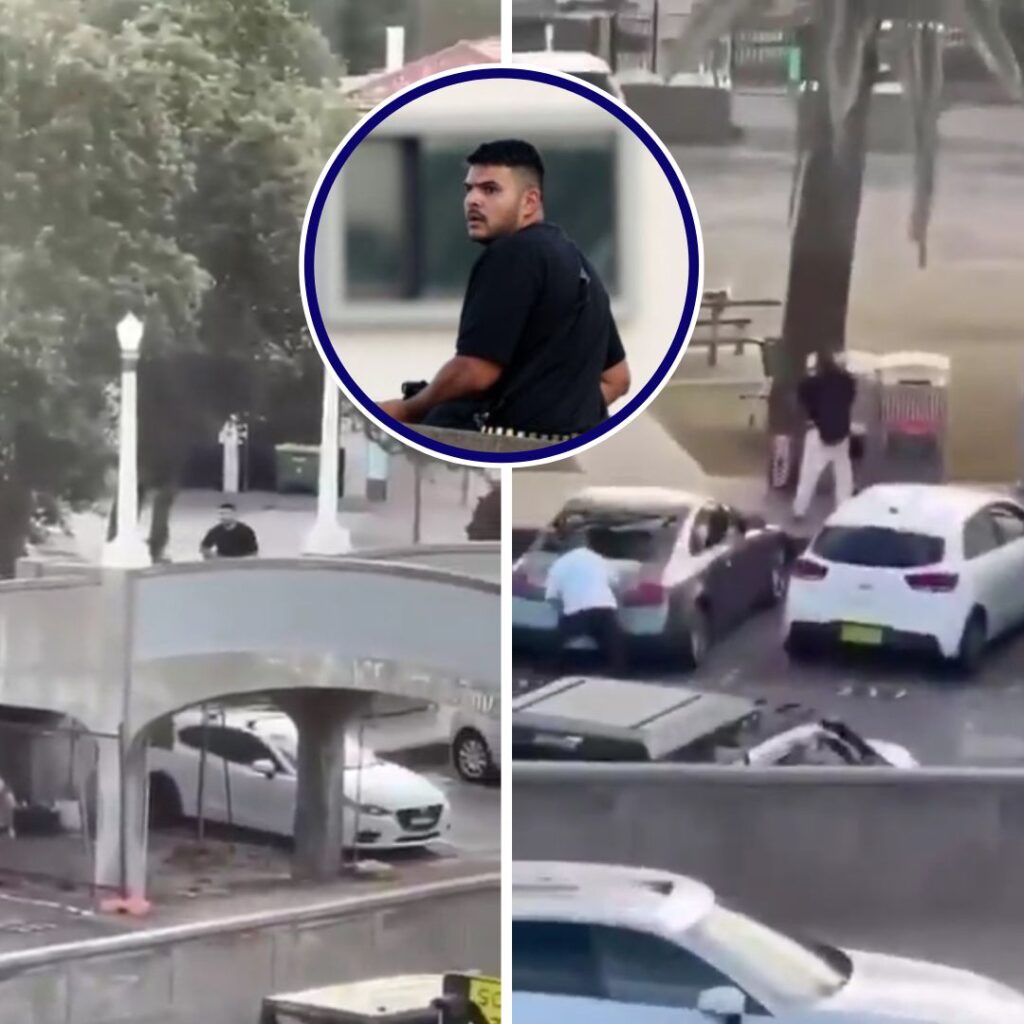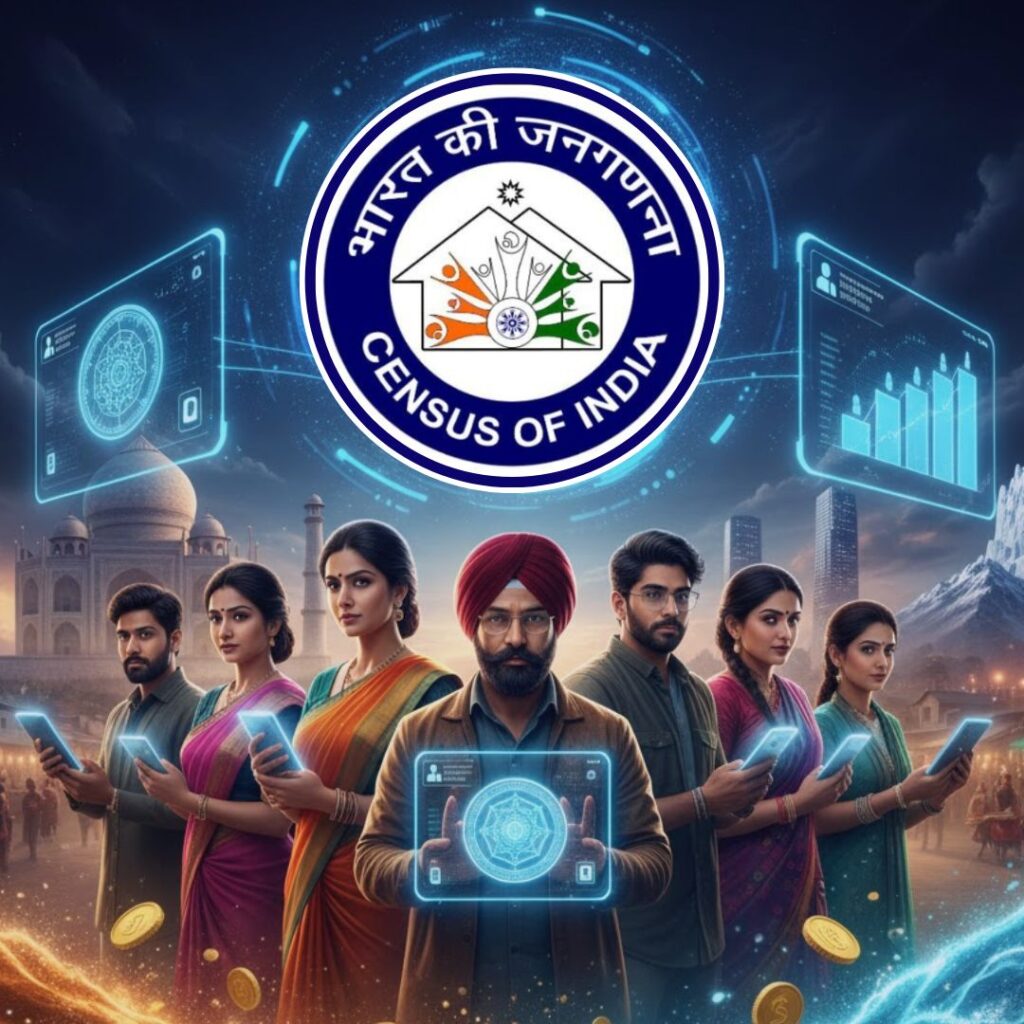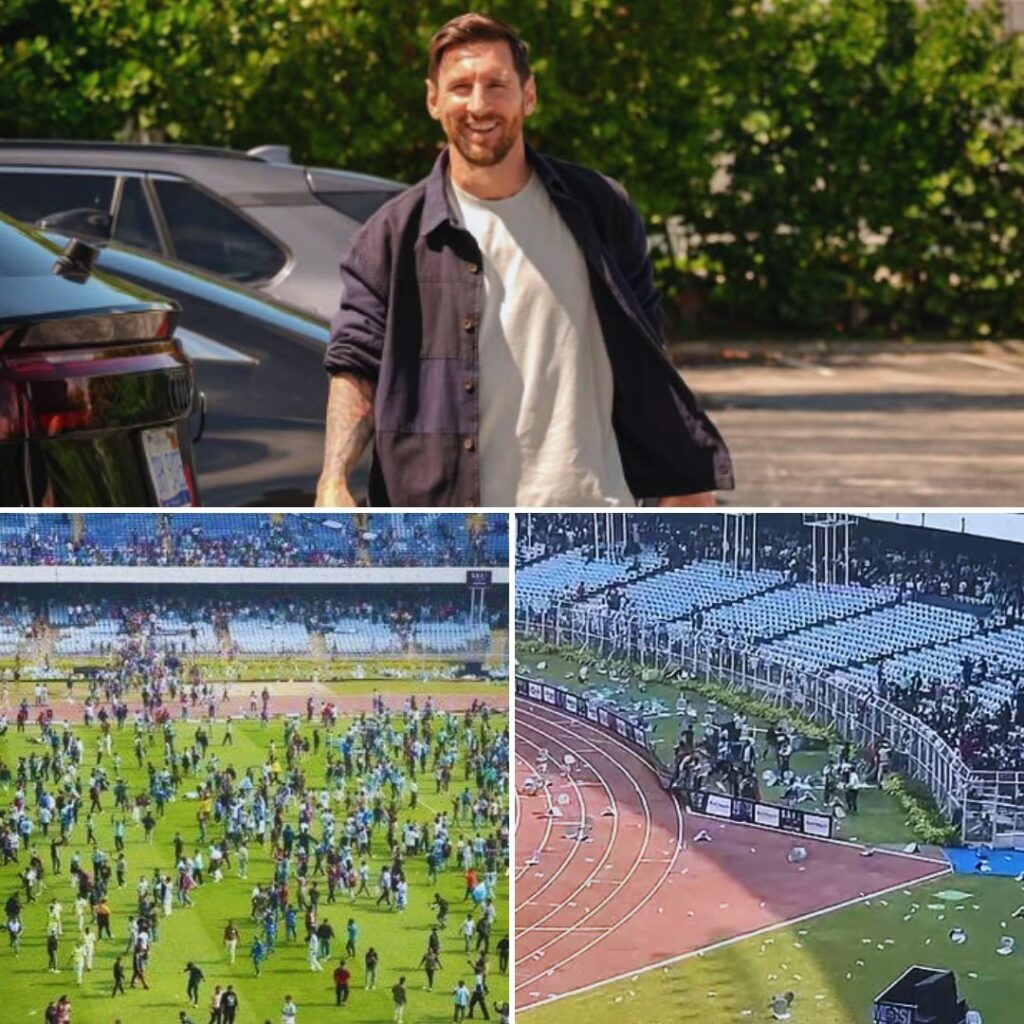Originally published on catchnews
On 26 November 2008, Pakistani terrorists from across the border managed to infiltrate and wreak mayhem in Mumbai, killing 170 people and leaving more than 300 injured.
On the 11th anniversary of 26/11 attacks, we bring to you answers to some of the questions that surfaced post the attacks took place.
Why Weren’t We Prepared To counter Such A Terror Attack?
After the Ram Pradhan Committee was set up to probe the attack, it suggested that the level of preparedness to counter such a ‘fidayeen’ attack was very low. The committee, in its report, concluded that it found total confusion in the processing of the intelligence inputs.
Why Did We Fail To Decipher Intelligence Inputs?
According to many reports, the Mumbai Police had received 16 secret intelligence alerts from 2006 onward about the likelihood of a major attack. The alerts should have alarmed the government to enhance its resistance capacity. If the state or the central government had acted on the intelligence inputs, such a major attack could have been averted.
Did The Locals Extend Support To The Attackers?
Despite so many years after the terror attack, the police completely failed to answer whether the attackers got local support. Hasan Gafoor, the then Mumbai Police Commissioner had said in February 2009 that there were “14-16 locals” involved in the attack. Nothing concrete came out of this observation.
Who Killed Hemant Karkare?
Eleven years after the attack, the mystery behind Hemant Karkare’s death still remains unsolved. Even the police took almost a month to explain the circumstances surrounding the deaths of Karkare and two other senior police officers. According to media reports, intelligence agencies had also received a few inputs warning that Karkare’s life was in danger, but how the government responded to those warning is still unknown.
A video shot just before Karkare entered the Taj hotel showed him wearing a bulletproof jacket. But when his body was found, there were bullet wounds on his chest and the jacket was missing.
Tawwahur Rana
Rana was an aide of David Headley and his role allegedly was to prepare the travel documents. Rana was India’s best chance since there was no plea to bargain arrangement where he was concerned. There was nothing which suggested that India could not seek his extradition. India’s attempts regarding Rana failed for several reasons. The National Investigation Agency (NIA) that is probing the foreign link to the case does not have even a single shred of evidence against him and his alleged activities in India. India relied very much on Rana’s trial in the United States. However, Rana was cleared of charges regarding 26/11. He only faced charges for being a part of the Denmark Mickey Mouse project for which he had conspired along with David Headley.
How Safe Is Mumbai Now?
Certain areas in Mumbai – like posh office complexes, starred hotels and some government institutions – have layers of security around them. However, the city itself is cursorily protected. Railway stations, bus stands, Mumbai local trains, buses, markets, streets and schools still remain vulnerable. The Chhatrapati Shivaji Terminus, that witnessed a ghastly massacre on 26 November night and registered the highest number of deaths (58) is still an easy target. The 26/11 attacks were the third most-deadly terror strike on Mumbai. Previously, the 1993 Mumbai serial blasts had claimed lives of around 257 people and the 2006 Mumbai local train bombings had claimed the lives of around 209 people.
Read more at: Catchnews.com











